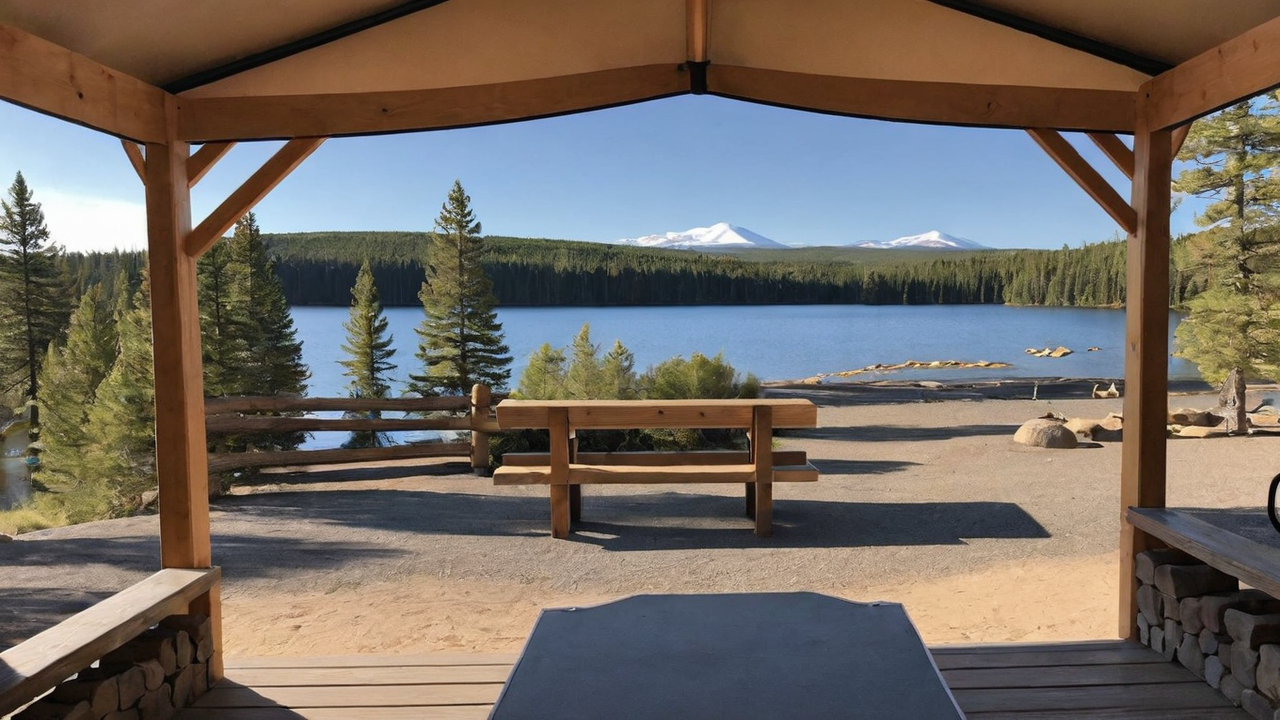Improving Site Choice with GIS Integration in Campsite Management Software
Improving Site Choice with GIS Integration in Campsite Management Software
Blog Article

Leveraging GIS for Enhanced Campsite Layouts
Integrating GIS into campground management systems revolutionizes the way campgrounds are designed and managed. By leveraging accurate geographical data, managers can optimize the layout for improved accessibility and guest satisfaction. This combination allows for the creation of detailed site maps that include natural landscapes, maximizing the use of space while preserving the environment.
The capability to visualize and manipulate the campground layout in real-time offers a significant advantage in planning and development. Precise GIS data assists in locating ideal spots for amenities, ensuring they are both reachable and environmentally sustainable. This approach not just improves guest satisfaction but also contributes to a reduced environmental footprint.
Streamlining Booking Systems with GIS
By introducing GIS into campground reservation systems, providers provide a more engaging booking experience for guests. Guests can choose their preferred sites based on actual geographical information, including proximity to facilities and scenic views. This degree of detail in site selection significantly enhances planning and satisfaction for guests.
Furthermore, this system reduces the likelihood of overbooking and clashes among reservations. Accurate GIS data ensures that each site is accurately charted, with clear demarcations, thus facilitating a smoother reservation process. This effectiveness not only reduces time for campground managers but also boosts the overall customer satisfaction.
Enhancing Safety and Crisis Management with GIS
Incorporating GIS into campground management software greatly improves safety and emergency preparedness. Detailed site maps allow for precise location of emergency services like fire stations, medical points, and evacuation routes. This accessibility to critical information can significantly accelerate reaction times in critical situations, potentially saving lives.
Moreover, GIS data can be used to spot areas susceptible to natural hazards such as flooding or wildfires, allowing for the creation of proactive safety plans. Through this technology, campground operators can put in place precautionary strategies and inform campers of possible risks, thus guaranteeing a safer camping experience for everyone.
Optimizing Resource Distribution With GIS
GIS technology enables campground managers to efficiently allocate amenities across the area. By analyzing geographical data, they can determine the most strategic placements for amenities such as restrooms, picnic areas, and playgrounds. This ensures that all campers have easy access to amenities, improving their overall experience.
Additionally, GIS can help in monitoring the utilization of environmental assets, promoting sustainable practices within the campground. Through precise mapping, campsites can prevent overuse of vulnerable areas, supporting in conservation efforts and maintaining the beauty and integrity of the landscape.
Increasing Visitor Engagement with Interactive GIS Features
Interactive GIS maps enhance guest engagement by offering an immersive exploration of the campground before they arrive. Campers can explore different sites, view photos, and learn about nearby attractions directly via the site’s website. This pre-visit engagement starts the guest experience on a positive note, raising anticipation and contentment.
Moreover, these interactive features may act as a guide during the stay, providing real-time information on weather conditions, upcoming events, and available facilities. Such accessibility guarantees that guests remain informed and can fully enjoy their outdoor adventure.
Facilitating Eco-friendly Conservation with GIS
GIS integration in campground management systems plays a crucial role in advancing eco-friendly sustainability. Precise mapping enables for careful planning and management of natural resources, minimizing human impact on the environment. This tools facilitate to monitor and control wildlife habitats, lakes, and plant life, ensuring their preservation for future generations.
Moreover, by utilizing environmental GIS data, campsites can determine regions ideal for solar panels installations or other eco-friendly projects. Such strategy not only enhances the campground’s sustainability but also reduces operational costs, demonstrating a commitment to protecting the natural world.
Integrating Local Insights into Campground Development with GIS
GIS technology empower campground managers to incorporate local insights into campground development. By engaging with local members, managers can acquire a deeper understanding of the area and its historical importance. Such partnership guarantees that campsites are planned with respect for community values and heritage, enriching the visitor encounter.
Moreover, such cooperation assists in discovering distinct chances for campground activities and attractions that showcase the local culture and landscape. Implementing local perspectives into the planning process not only improve the genuineness of the campground but also bolsters bonds with the local populace, establishing a positive impact for all involved.
Adapting to Changing Guest Needs with Adaptive GIS Information
The world of outdoor hospitality is always changing, with guest expectations becoming more sophisticated. Using dynamic GIS data enables campground operators to swiftly adjust to these changes by updating facilities and services to meet contemporary demands. This agility guarantees that campsites remain appealing and competitive in a fast-paced market.
Furthermore, the ability to gather and interpret visitor feedback through GIS-based software means campground managers can continuously refine their offerings. Tailoring the camping adventure to meet specific desires not only increases guest satisfaction but also promotes return visits, driving the success of the campground in the long term.
read on Report this page